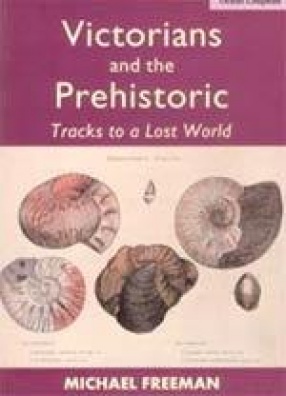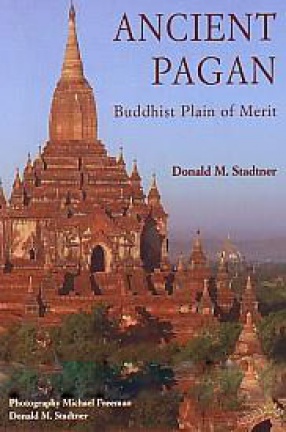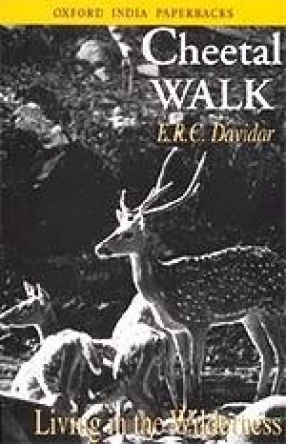As the Victorians excavated the earth to create canals and railways in the early part of the nineteenth century, geological discoveries brought to light new narratives of the prehistoric, ideas that resounded in British society, art and literature of the period. This engaging and generously illustrated book explores the Victorian fascination with all thing prehistoric. Michael Freeman shows how men and women were both energized and unsettled by the realization that the formation of the earth over hundreds of millions of years and Darwin’s theories about the origins of life contradicted what they had read in the Bible. He describes the rock and fossil collecting craze that emerged, the sources of inspiration and imagery discovered by writers and artists, and the new importance of geologists and paleontologists. He also notes that the intellectual and emotional journey undertaken by Victorian men and women in the face of the unfolding earth narratives was increasingly being recorded, in more institutional form, in the museums that were springing up in Victorian cities and towns. Beginning first as basic repositories for the science of collecting, these building ultimately became much more powerful symbols, shrines to all that was progressive of their age but still clothed in the trappings of traditional ideas. The greatest natural history museums were housed in cathedral-like structures, sometimes embellished at almost every turn with features that appeared to celebrate not scientific evolution but the natural world as a form of divine creation.
Ancient Pagan: Buddhist Plain of Merit
$124.20
$138.00






There are no reviews yet.